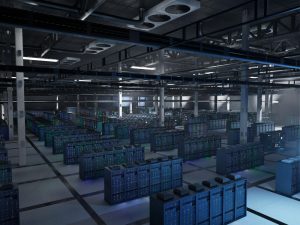The feed water of a boiler can vary depending on its origin, and any material that is brought with it. It is necessary to know how to discern and manage this type of phenomenon within a domestic, commercial, or industrial heating system, and thus, take us a step forward in the efficiency of this type of system, to have less maintenance costs and better performance in the processes, which will invariably reflect good figures in the operation of the mechanisms.
Water is the element that absorbs the most at a given temperature, more than other inorganic substances, expanding at a rate of more than 1500 times, forming atmospheric vapor pressure. Steam stores a large amount of heat, so water heated to high temperatures is ideal for energy generation in industrial quantities.
On the other hand, you must be fully aware of the origin of the water from natural sources, and the matter suspended in it; In some cases, the presence of gases can also be noticed in the water heater feed liquid. Dissolved minerals vary, for example, in seawater, they can be found up to 30g/L, while, in more normal sources, they are only in lower quantities, in terms of milligrams per liter. The boiler manager must know about special care when using water for steam production, knowing that untreated minerals can cause severe damage to the metals of these systems, at least if they are not treated properly. time and form.
It is difficult to control that when these large systems are working most of the day under high pressures and temperatures. But what can be managed in a good way is the minimum concentration of impurities, trying to keep them within the permissible limits within a certain structure and physics of a heating network.
If the water is not managed properly according to the permitted limits of dissolved minerals or gases, then the physical-chemical treatments in the feed liquids will be predominant in the previous phases of the operation of the water heater.
The purity of the water will be inherently linked to the amount of impurities of course, but where the nature of the liquid is also relevant to understand. Generally, the obstacles that can be found in this aspect are the level of hardness of the liquids, and how these affect the feeding of the heating network. Likewise, the presence of iron particles and other metals such as silica, represents a great problem, due to their potential to systematically damage the metals of tanks, components, and the pipe itself; Due to negligence in the treatment of these impurities, many companies have been forced to close their activities due to indefinite stoppages and the modification or total renovation that they had to do to their energy and steam structures.
Even sodium salts are not as critical an issue as the presence of the aforementioned metals in the food, but the awareness of these phenomena in an eventuality within the industrial, commercial, or domestic water heater is still important. In that sense, the planning and execution of chemical treatments is preponderant in all aspects.
The purity of the water will always be tied to the particular design of a heating system. Parameters such as degrees of heat transfer, pressures, and temperatures, among other items, must always be taken into account according to the scheme and structure of the facilities of this class. The purification requirement of liquids is variable. For example, a low-pressure system would be able to withstand different water hardnesses, depending once again on the design of the water heater, and whether it has tubes on the outside; A high-pressure system encounters problems due to the presence of calluses, but it should not be a major problem with the best treatments in it.
There must be rating tables with each present substance and its permissible limits in the feed water, or even when they are already embedded in the entire heating structure. Generally, the basic items would be samples of alkali, salts, silicas, and phosphates, to mention a few examples.




